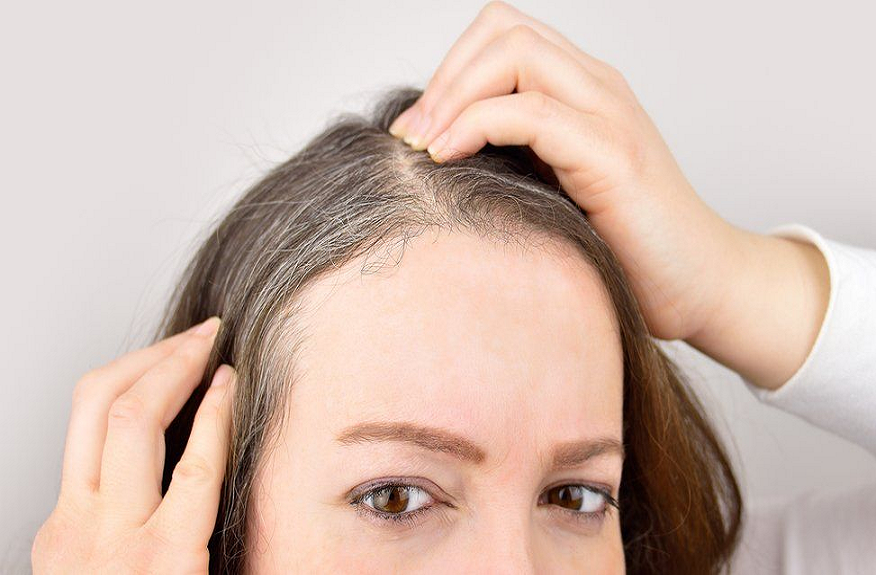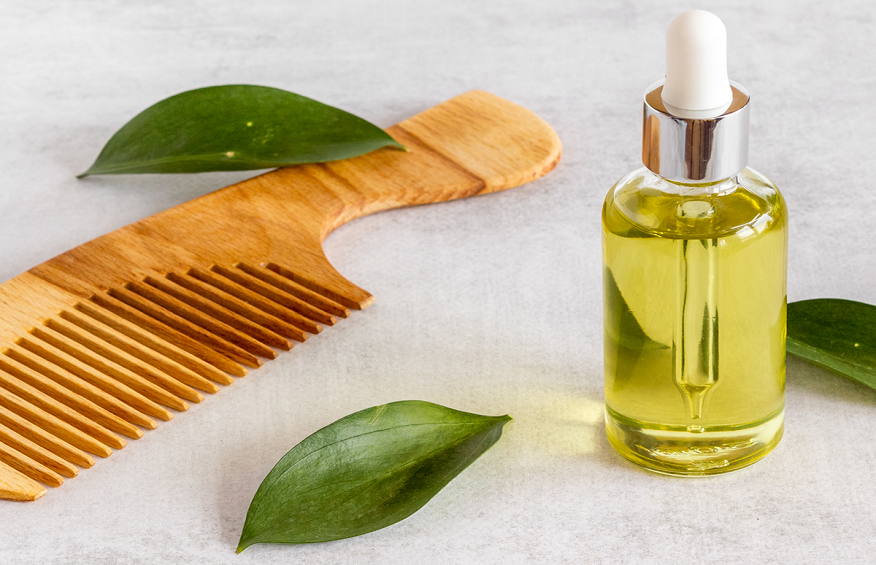Hair is a reflection of our overall health. But did you know stress can directly impact its vitality? And in extreme cases, some patients consider the best hair transplant in Turkey, to solve hair loss issues permanently. Let’s delve into this intricate connection and find ways to revive those lovely locks.
What is Hair Damage?
Hair, like any other part of our body, is susceptible to wear and tear; over time, external and internal factors can lead to damage. But before diving into solutions, it’s essential to understand what constitutes hair damage and the various forms it can take.
Hair is made of a protein called keratin, and when this protein structure is disrupted, the hair strand weakens, leading to various forms of damage.
Types of Hair Damage:
- Physical Damage: This is the most apparent form of damage due to wear and tear from daily activities. From aggressive brushing to tying hair too tightly, such practices can weaken the hair shaft, leading to breakage and split ends.
- Chemical Damage: Your hair loves natural balance. But when exposed to external chemicals, be it from dyes, relaxers, or perms, the hair’s natural structure can be altered. This disruption can make hair dry, brittle, and susceptible to further damage.
- Thermal Damage: If you love styling your hair using heated tools like straighteners, curling irons, or even blow dryers, you might be familiar with this. Excessive heat can strip hair of its natural moisture, making it dry, dull, and fragile.
- Environmental Damage: The environment plays a significant role in hair health. UV rays, pollution, and harsh weather conditions can erode the hair’s protective layer, leading to discoloration and weakness.
Signs of Hair Damage:
- Split Ends: Probably the most common and visible sign. When the protective outer layer of hair is damaged, it can split into multiple ends.
- Brittleness: Hair that breaks easily, especially when wet, indicates a loss of elasticity due to damage.
- Dullness: Healthy hair has a natural shine. When it looks dull and lifeless, it’s often due to a rough hair cuticle that doesn’t reflect light well.
- Tangles and Knots: Damaged hair often becomes rough and can get tangled easily, leading to more breakage when trying to detangle.
- Dryness: Hair that feels dry and lacks moisture clearly shows damage. This dryness can be due to multiple factors, including overwashing, chemical treatments, or heat styling.
How to Identify Stress-Related Hair Damage
Stress, while commonly associated with mental and emotional strains, can manifest physically in several ways, including hair damage. When our body is under prolonged stress, it affects the hair growth cycle, hair texture, and overall scalp health.
Recognizing these signs early can help address the root cause and initiate appropriate treatments. Here’s a comprehensive look at how you can identify stress-related hair damage:
Accelerated Hair Shedding:
While losing some hair daily is natural, stress can intensify this shedding. A sudden and noticeable increase in hair fall, especially when washing or brushing, might indicate stress-induced damage.
Thinning Hair:
Stress can push hair follicles into a premature resting phase, called Telogen Effluvium. This disruption in the growth cycle can result in hair thinning, especially around the crown or top of the head.
Brittle and Dry Hair:
Chronic stress can impact the nutrient absorption ability of the body, leading to deficiencies. This can make the hair strands brittle, prone to breakage, and feel drier than usual.
Lack of Shine:
Hair has a natural luster due to the protective layer called the cuticle. Stress can affect the integrity of this layer, causing hair to look dull and lifeless.
Itchy and Flaky Scalp:
Stress can exacerbate or trigger scalp conditions like dandruff or seborrheic dermatitis. It might be stress-induced if you notice increased itchiness, flakiness, or red patches on the scalp.
The Appearance of Bald Patches:
Alopecia areata, an autoimmune condition where the immune system attacks hair follicles, can be triggered or worsened by stress. This condition presents itself as round, bald patches on the scalp.
Hair Care Routines to Repair Damage
Gentle Cleaning
Finding a mild shampoo and conditioner tailored to your hair type is key. And remember, overwashing might strip away essential oils.
Deep Conditioning and Masks
Giving your hair that extra dose of hydration can work wonders. And the best part? Some effective masks are sitting in your kitchen!
Limiting Heat and Chemical Exposure
Let’s embrace those natural curls and waves. Less heat, fewer chemicals, and a lot more hair love!
A timely trim and a good scalp massage can often be all you need. And if you want to style, consider protective styles to keep damage at bay.
It might be time to seek specialized serums or expert advice to guide you on the hair transplant Turkey cost. Remember, every strand matters.
Hair is not just about looks; it’s a tale of our overall wellness. Remember to care for yourself as you embark on this restoration journey. After all, healthy hair is just a reflection of a healthy you!




